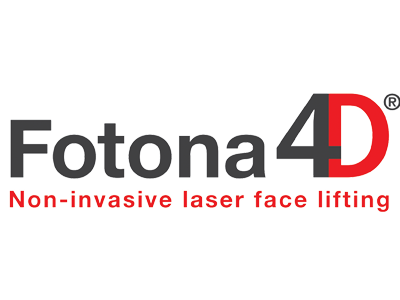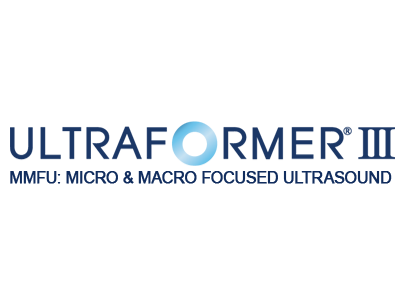Transforming the Nose for
Enhanced Aesthetics and Function
Fat transfer surgery, also known as fat grafting or fat injection, is a cosmetic procedure that involves the removal of fat from one area of the body and its transfer to another area in order to enhance volume, shape, or contours. This technique has gained popularity in recent years as a natural alternative to synthetic fillers and implants for various aesthetic and reconstructive purposes.

Procedure
Harvesting: The surgeon first identifies the donor site(s) from which the fat will be extracted. Common areas for fat harvesting include the abdomen, thighs, buttocks, or hips. The procedure is performed using liposuction, a minimally invasive technique that involves the insertion of a thin tube called a cannula through small incisions. The cannula is used to suction out the excess fat, which is then collected for processing.
Processing: Once the fat is harvested, it needs to be processed before it can be injected into the desired area. The collected fat is typically purified to remove any impurities, excess fluids, or damaged fat cells. The purification process may involve centrifugation or filtration to obtain a concentrated and healthy fat graft.
Injection: After processing, the purified fat is injected into the targeted area(s) that require augmentation or volume restoration. The surgeon strategically injects small amounts of fat into multiple layers and depths to achieve natural-looking results. The fat is carefully distributed and sculpted to achieve the desired shape and contours. The injection technique and depth may vary depending on the purpose of the surgery, whether it's for facial rejuvenation, breast augmentation, or buttock enhancement, among other possibilities.

Fat transfer surgery offers several advantages compared to other procedures. Since the fat used in the procedure comes from the patient's own body, there is a reduced risk of allergic reactions or rejection. Furthermore, using natural fat allows for a more natural and soft appearance and texture. The results are generally long-lasting, as the transplanted fat can establish a blood supply and integrate with the surrounding tissues.
The recovery period after fat transfer surgery varies depending on the extent of the procedure and the areas treated. Patients may experience some swelling, bruising, and discomfort at both the donor and recipient sites. The surgeon may provide specific post-operative instructions, such as wearing compression garments and avoiding strenuous activities for a certain period of time.
As with any surgical procedure, there are potential risks and complications associated with fat transfer surgery. These may include infection, bleeding, asymmetry, contour irregularities, or loss of transferred fat. It is important to have a thorough consultation with a qualified and experienced plastic surgeon to discuss individual expectations, potential risks, and the suitability of fat transfer for a specific case.













Restore-Rejuvenate-Rejoice
Welcome to DMAX Day Surgery Center, the best plastic and cosmetics Surgery center in Jumeirah 3, Dubai - UAE, your one-stop destination for a wide range of Aesthetic, Plastic Surgery, Dental, or any labs services.
Dmax Day Surgery Center
10:00 - 23:00
Dermamax Medical Center
10:00 - 23:00
